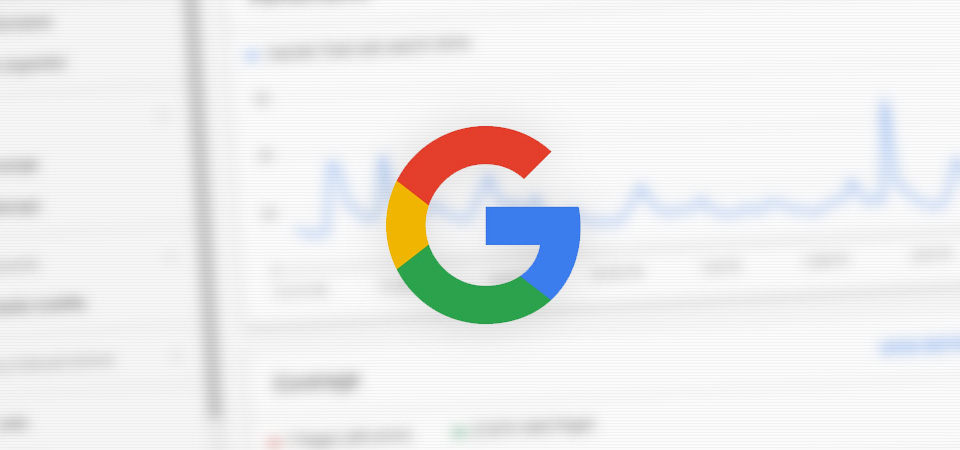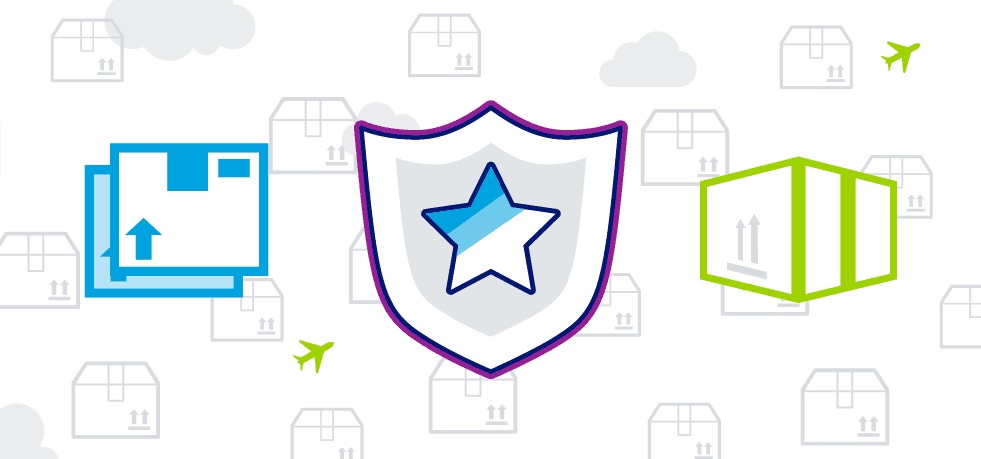If you can’t beat them outright, bring them down. This is the mindset of some of the latest blackhat SEO proponents. Because it’s getting increasingly difficult to rank highly on Google, some malicious SEO teams have taken to ruining competitors’ SEO rather than trying to outdo them.
The strategy is called a negative SEO attack. It’s going on the offensive rather than trying to compete directly with websites that are doing better at SEO.
Are you under attack? What do you do if you find yourself a target of negative SEO? How do you fight back? You could put your head in the sand and choose to ignore the attacks, but the risks are immense. You might get penalized by Google or lose your high ranking due to your inaction.
Take control of the situation. Learn how to defend against negative SEO and keep your site safe.

Anatomy of the Negative SEO Attack
Before you can defend against negative SEO, you have to know what’s going on in the background. What is a negative SEO attack? What is your opponent doing to your site?
There are a few different ways you can get attacked with negative SEO:
1. Hacking
Malicious parties may hack into your site via your backend or through the use of malware. When they hack in, they might make changes on your site that impact your SEO in some way.
2. Sketchy Backlinks
Backlinks are the pride and joy of your SEO strategy. Negative SEO usually revolves around sabotaging your backlinks by overloading your website with thousands of spammy backlinks from sketchy websites or linking to you using misleading anchor text.
3. Copyright Violations
Google often penalizes sites that have duplicate content. If someone copies your site content and posts it around to multiple other places online, it will look like your site has duplicate content, even if you are the original source.
4. Social Media Attacks
Social media accounts don’t play a huge part in SEO, but they do contribute. If someone is on social media mentioning your company negatively, spamming with your links, and generally presenting a bad image of you, it’s going to affect your website eventually.
5. Backlink Erasure
High-quality backlinks are difficult to get. People can work to get rid of these backlinks to your site from good sources, ruining your SEO by removing the pillars holding you up.
6. Spam Reviews/Comments
A common negative SEO strategy is spamming blog comments and review sites with fake comments about your company. Not all these comments are registered by Google, but if someone posts 200,000 comments about your site, even having 1% of them recognized is a fatal blow to good SEO!

Identifying a Negative SEO Attack
Rankings go up and down all the time. How do you know if you’re getting attacked or not? Some types of attacks are easier to notice than others. If your ranking goes down suddenly, you should always take a moment to identify the source if possible, but don’t always jump to assume it’s an attack.
Most of it comes down to being prepared ahead of time. You need to have a system in place to monitor what’s going on around you or you can easily get caught up in it. Setting up alerts for certain outside metrics, such as backlinks and mentions, helps you stay on top of rapid changes.
With reviews and comments, it goes back to monitoring again. You may just have a lot of bad reviews (Such as ahem DirecTV… Get your act together!), or you may be getting spammed. Keep an eye on top review sites, search for reviews about your company, and pay attention to inbound links from comments and reviewers you didn’t approach directly.

Defending Against Negative SEO
Now that you know a bit more about negative SEO, it’s time to look at what you can do when you identify an attack on your website. You have a few different options to handle attacks of different types.

Monitoring Backlinks
If you don’t already have something in place to monitor all the inbound backlinks to your website, you need to set one up today. There are free and paid tools that are effective in different ways, but the important thing is email notifications or updates.
Set up email notifications that alert you whenever new backlinks are added or when existing links are removed so that you can be aware of changes to your link profile. Getting ahead of these changes quickly allows you to approach webmasters to remove links. You can also disavow links directly, though it can take longer for this to go through.
The key is getting ahead of attacks before they have time to do major damage. Anyone can link to your site anywhere, but you have the power to control if those backlinks stay in place or not, and if you notice them quickly enough you can prevent future damage.
One practical tip to help prevent good backlinks from being removed is to only contact site webmasters using your official domain name email. This way you can more easily verify that you are who you say you are and that you own the site you’re asking for a link to. If you contact them with a plain email address, they won’t be able to verify your identity if someone else tries to contact them later and impersonate you.

Improving Security
Hacks and malware are a serious threat to more than just your SEO. Make sure you’re always up to date with the latest security measures for your website. Get dual-factor authentication, SSL certificates, complex passwords, and automatically scan uploaded files for viruses or malware.
Copyright Scanning
Start a regular check routine to ensure your content isn’t being scraped and re-used. All you have to do is scan your website using a tool like Copyscape to see if you have duplicate content on your site and where the duplicates exist. If you find duplicates, you can try to have those duplicate sites removed or you can change your own content to make it unique again.

Social Media Surveying
Part of your monthly site check-ups should be scanning social media for malicious mentions. Check where mentions are coming from and get rid of as many spammy mentions as possible.
Server Uptime
An attack type that affects your SEO and your general site function is a DDOS attack where your site server becomes overloaded by a huge number of simultaneous requests. People can do this to you with bots, slowing down your website load time or making the server itself go down. Set up notifications with your hosting company, or a third-party monitoring program, to stay on top of this.
Actively Monitoring Everything
The bottom line is that if you’re worried about negative SEO (which you should be), you need to be monitoring SEO metrics and paying attention to discrepancies. When you notice anything off, act quickly to ward off attacks. You can’t stop attackers, but you can prevent them from doing any permanent damage that will ruin the SEO ranking you worked so hard to build!














Leave a Reply